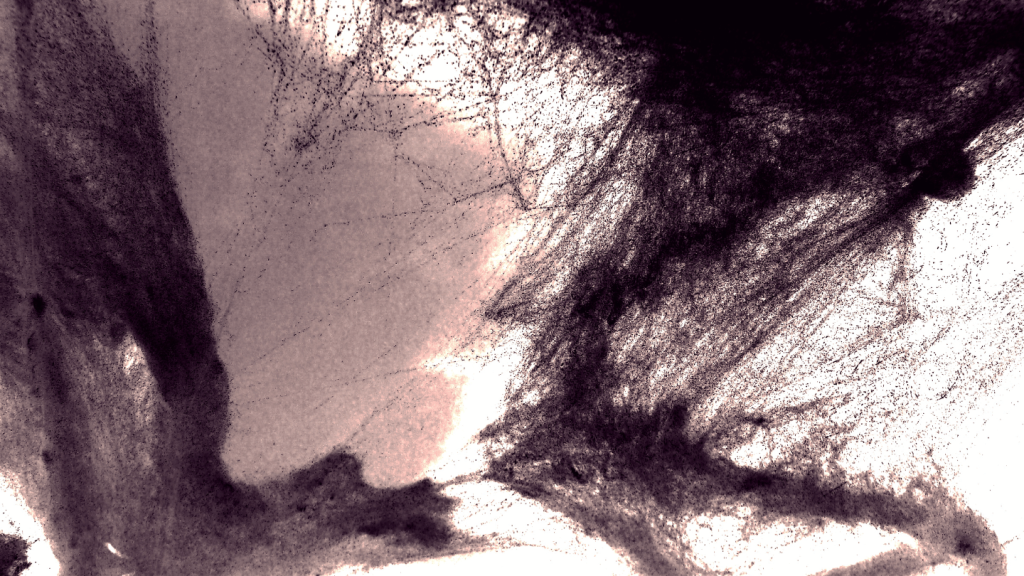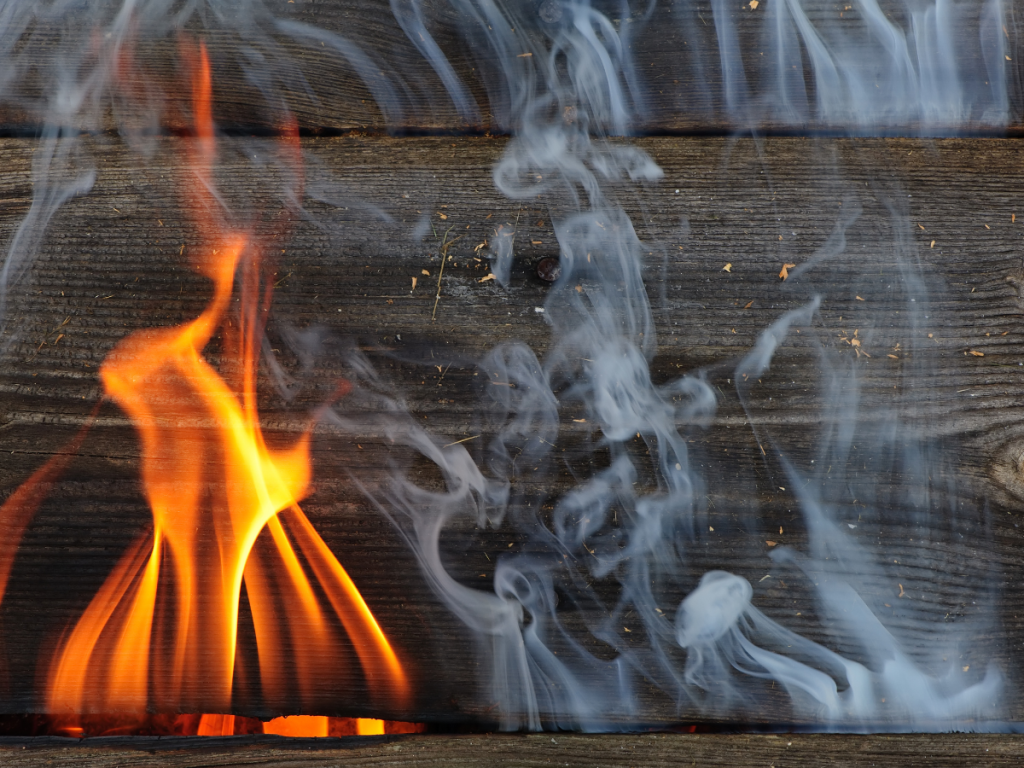Soot Tags & Fire Safety: 5 Things You Need to Know
Fire safety is a critical aspect of maintaining a secure home environment. One often overlooked element in fire safety is understanding and dealing with soot tags. Soot tags are a common sight after a fire incident. They can provide valuable information about the fire’s behavior and the extent of the damage.
At United Water Restoration Group, we understand how difficult dealing with a fire can be for a property owner. Soot tags aren’t commonly spoken about problem, leaving many property owners confused and concerned in the aftermath of a fire. We would like to discuss this to help you understand the significance of soot tags and educate you about fire safety measures to prevent potential hazards.
What are Soot Tags?
Soot tags are dark, spider web-like formations that appear on walls and ceilings. They are a common occurrence after a fire, but they can also form due to the accumulation of airborne particles over time. The formation of soot tags is a result of the accumulation of airborne particles, specifically soot, over time.

Soot tags are fairly common in homes or properties that have recently experienced a fire. If your property has experienced a fire, you will likely require fire restoration services to return to pre-loss conditions. If you have experienced a fire and would like to learn more about the first restoration process, visit our fire restoration service page for more information: https://unitedwaterrestoration.com/residential/services/fire-damagehttps://unitedwaterrestoration.com/residential/services/fire-damage
How do Soot Tags Form?
Soot tags form when there are incomplete combustion processes, such as burning candles, fireplaces, or even tobacco. The incomplete combustion produces soot, tiny carbon particles that can float in the air. These particles can then stick to surfaces, particularly in areas with a high concentration of static electricity, such as the corners of rooms or around spider webs.
Soot tags are more likely to form if the air inside the building doesn’t move around much. If it’s very humid, or if certain types of materials are present, your property may be at increased risk for soot tags after a fire.
Why do Soot Tags Look Like Spider Webs?
Now that you understand what soot tags are, you may be wondering why they look like spider webs. Are soot tags spider webs? The two look similar, but no, generally the two are not connected.
Static electricity is a type of electricity that can build up on surfaces. In homes, static electricity often builds up in corners of rooms or around the edges of spider webs. So, even though soot tags aren’t actual spiderwebs, they can look very similar because of the way the soot particles stick to areas of static electricity.
It’s important to note that the appearance of soot tags resembling spider webs may vary depending on various factors such as the concentration of soot particles, airflow patterns, and the surface properties where the deposition occurs. The resemblance to spider webs is a visual similarity rather than an actual biological connection.
How do You Remove Soot Tags?
Removing soot tags requires careful handling to prevent the soot particles from spreading throughout your home. Soot tags aren’t only aesthetically displeasing, these tags can also be potentially hazardous to your health. For that reason, we always recommend utilizing professionals to assist in cleaning up. Fire restoration experts can assist in every step and help return your property back to a state of normalcy. If you would like to try doing it yourself, be sure to wear protective gear. Your next step should be to use a HEPA filter to remove loose soot particles. After that, you should use a soot-cleaning solution, after that doing basic cleaning methods such as scrubbing, rinsing, and drying will help.

When trying to clean up soot and soot tags depending on the severity, you may need to repeat the cleaning process several times over. Soot can also cause permanent staining to affected areas. After soot tags are removed, you may need to repaint affected areas to fully return them to normal. It’s unlikely that you would have the ideal tools to safely and completely remove the soot tags and avoid permanent damage. Our restoration experts at United Water Restoration Group are trained and certified to assist! We can help safely remove all soot tags and address any degree of fire damage around your property.
Why is Soot Hazardous?
Soot is the byproduct of incomplete combustion. It can contain chemicals and pollute the air, making it potentially hazardous to breathe. Here are a few other reasons why soot is considered hazardous:
Health Risks: Soot particles are tiny and can easily be inhaled into the lungs. Once inhaled, they can cause respiratory problems such as asthma, bronchitis, or other chronic obstructive pulmonary diseases (COPD). Prolonged exposure can even lead to more serious conditions like heart disease or cancer.
Chemical Composition: Soot contains a variety of harmful chemicals, including heavy metals, sulfates, and other acidic compounds. These chemicals can be harmful if inhaled.
Air Quality: The presence of soot in the air can significantly degrade air quality, both indoors and outdoors. Poor air quality can lead to a variety of health issues, particularly for those with existing respiratory conditions, the elderly, and children.
Visibility and Safety: In large quantities, soot can reduce visibility, leading to safety hazards. This is particularly relevant in the case of large fires where soot particles can fill the air. This can make it difficult to see vulnerabilities or hazards in certain areas as the thick black powdery substance covers and hides them. If you have had a severe fire, the building’s integrity may be compromised, making it very dangerous to dwell in or visit the affected areas.
Soot can cause a lot of damage to your health and around your property if not handled properly. If you are experiencing soot damage after even a minor fire, our experts can safely assist you through our services. Soot should always be handled by professionals and requires proper safety equipment to handle. Trying to handle the situation on your own could prove to be dangerous.
Need Fire Restoration Assistance?
If you have soot tags, you’re likely facing the aftermath of a destructive fire at your property. If you are seeking fire restoration services, our local experts can assist! United Water Restoration Group technicians are trained and certified to handle even the most severe fire restoration projects.
We can assist you through every step and help return your property back to its pre-loss conditions. If you are seeking fire restoration and soot cleaning services, our technicians can help! Contact our service line at (800) 430-5838 for assistance.




